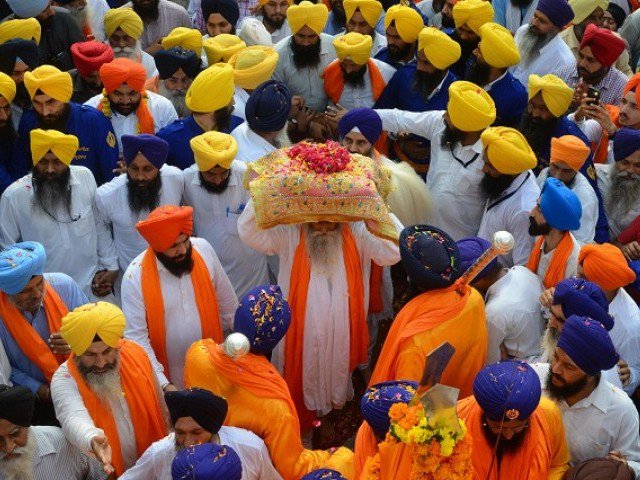
Exploding bombs, bickering politicians and a deteriorating economy — these are routine features of everyday life in Pakistan. Yet remarkably so, the country’s thriving fashion scene remains conspicuously detached from these harsh realities. Triggered to commercially cater to popular elite tastes, leading designer apparel ironically exhibit sumptuousness and flamboyance that drastically contrasts with the country’s turbulent sociopolitical situation.
In Pakistan, designers have failed to draw inspiration from the social milieu. For them, fashion has been mostly about aesthetically pleasing hues and flattering cuts and flairs. Fashion gurus have hardly used their creations to express worldviews influenced by the public domain. This is a stark contrast to fashion trends in the West, where fashion — especially haute couture — is not so different from art and other avenues of creative expression. One needs to only look as far back as the hippie craze of the 60s and 70s to note the way in which socially relevant ideas like gender equality, sexual freedom and peace were prominent themes in popular fashion consciousness. The rising popularity of feminist ideas has recently also made androgyny a major keystone of fashion in the developed world. Why hasn’t this happened in Pakistan to such degree? It’s not like there’s a dearth of issues.
Zara Raza, an Islamabad based fashion entrepreneur and part CEO of L’atelier Boutique, blames commercial appeal as the cause of static demand for a similar. “The problem with experimental themes in Pakistan is that they work better for fashion weeks but not retail,” explains Raza.
When it comes to high-end pret from top-tier designers, the latest collections end up, along with simultaneous near-knockoffs, at overpriced multi-label stores that sell only to a select clientele. It’s this small, yet very stable niche market for pret or ready-to-wear designer labels, that have made it very difficult for new and innovative trends to penetrate the market with the same efficacy as popular and reasonably priced outlet stores abroad, like H&M or Zara.
“You’ve got your queens and kings of the fashion industry catering for the elite like Sana Safinaz and Perwani,” added Raza, implying that the rest of the Pakistani designers were too busy replicating these fashion stalwarts.
Thus, Pakistani experimentation with fashion has been limited to the reinvigoration of traditional clothing (see the never-ending influx of lawn) or western fusions, a la Amar Belal and Zaheer Abbas.
Quite recently there has been an effort to infuse local fashion with an indigenous context. Uth Oye! and Gulabo, have created wildly popular t-shirts which sport desi themes and logos, inspired by Lollywood and truck art. And Tayyab Bombal and Adnan Pardesy, to name a few have recently used interesting patterns in their military-inspired jackets or camouflage pants.
But these are just a handful of innovative endeavours. After all who can override strong brand philosophies of the likes of Rizwan Beyg and Aisha Hashwani, who are supported by a terrible coterie of aunties intent on spending a galaxy’s worth on their designs?
Nowadays the ubiquitous surfeit of lawn designs defines our fashion industry.
“Lawn is ruining everything,” commented Sidrah Nadeem, a Karachi-based designer and owner of the tie label, All Tied Up. “In the last two years, business tycoons have discovered a market to cash in on. Hence, the emphasis is on commercialisation rather than innovation. These designers hire fewer people and simply cut, copy and paste from websites and viola customers have 20 designer lawn ranges,” she said lamenting the lack of creativity in the apparel market.
Thus, fashion as a vehicle for expressing ideas and personal creativity, sadly remains an uncharted territory in Pakistan. The change has to come from the top. The royalty of the fashion industry can surely resuscitate the creativity in Pakistan’s fashion scene. They just need to momentarily sacrifice their commercial pursuits and focus on work which has sociopolitical resonance. After all, powerful art with the capacity to cause change is not just a chooridar, a lawn print or a hybrid East-West fusion kurta.
Published in The Express Tribune, June 16th, 2011.
































COMMENTS (3)
Comments are moderated and generally will be posted if they are on-topic and not abusive.
For more information, please see our Comments FAQ